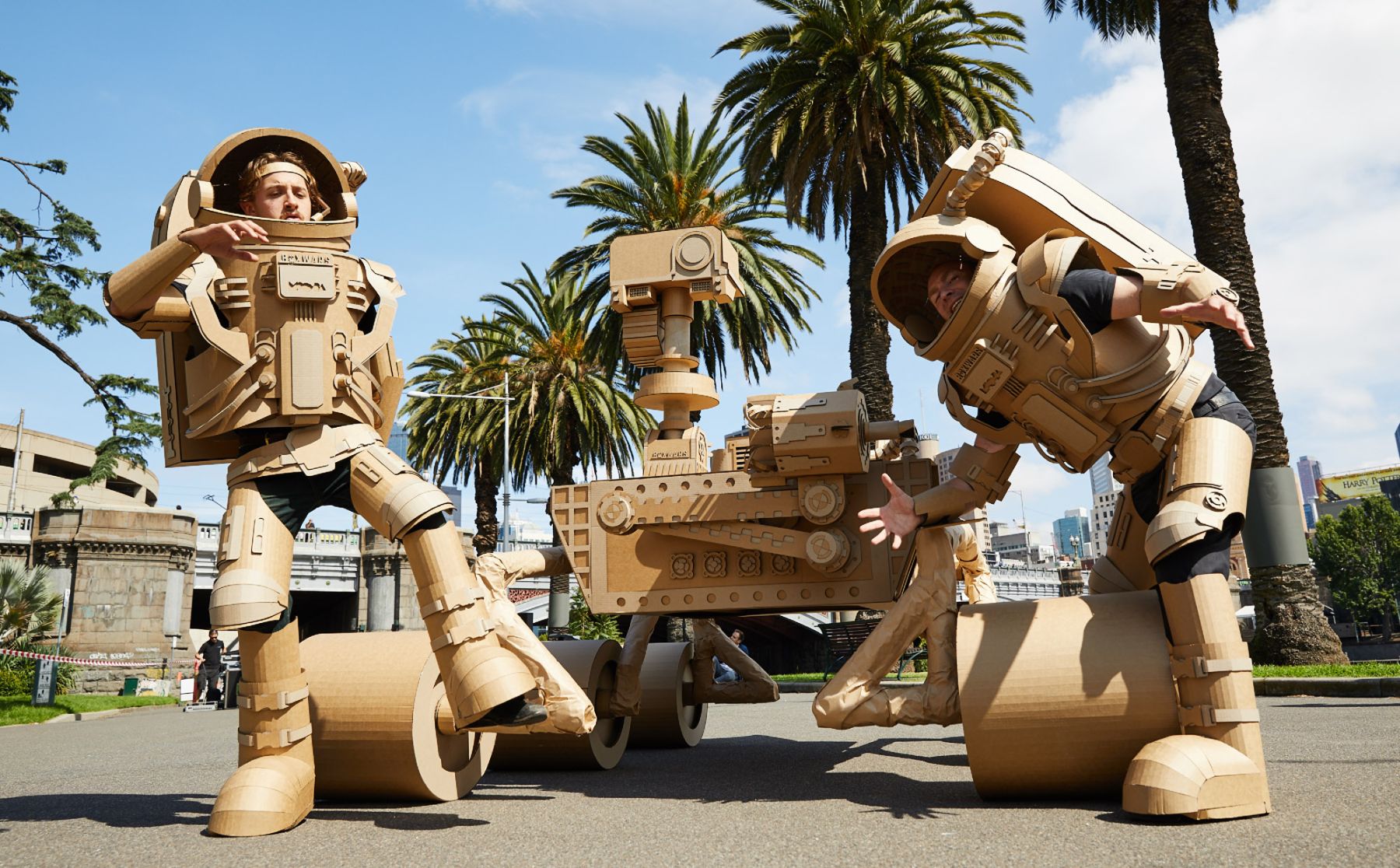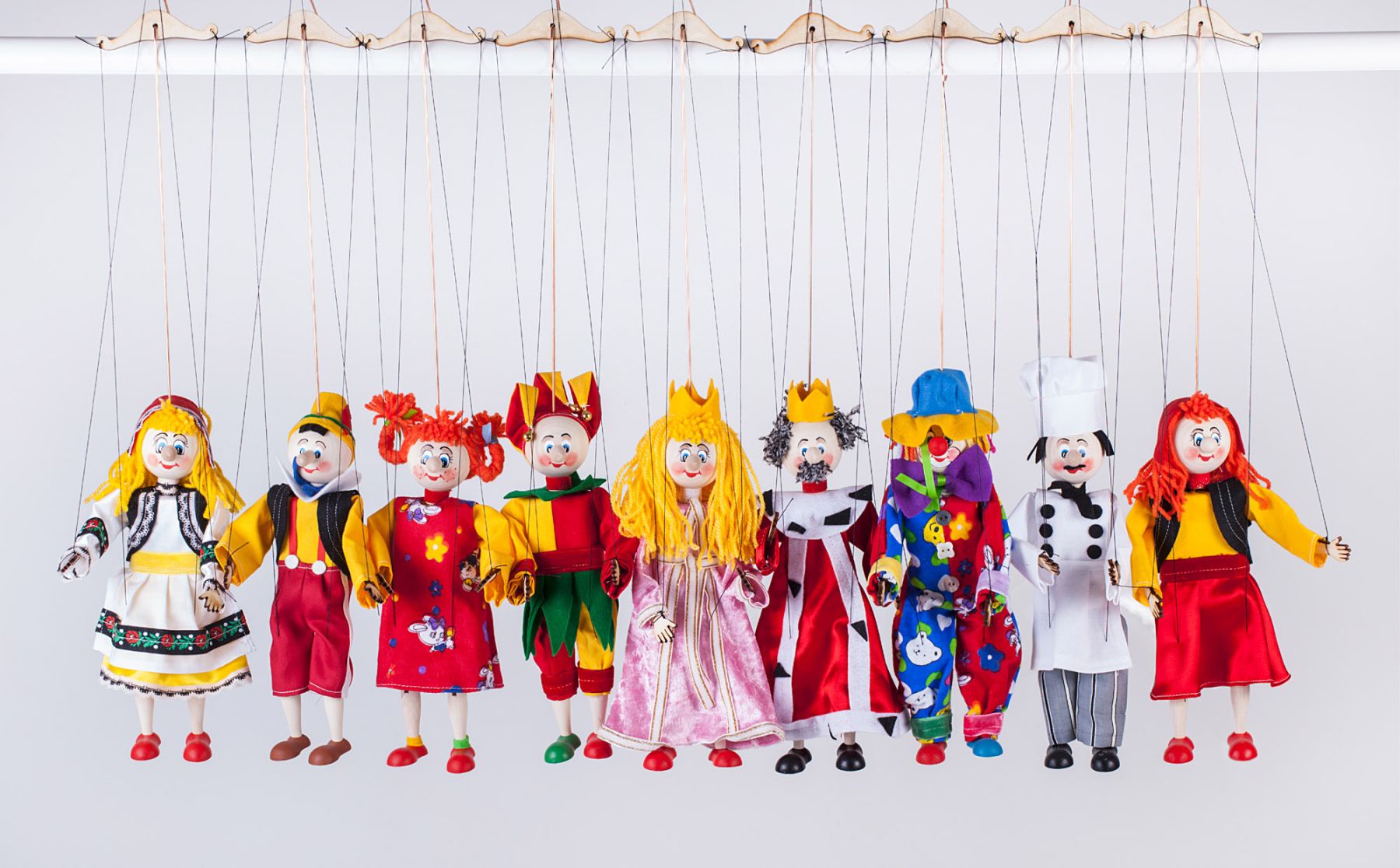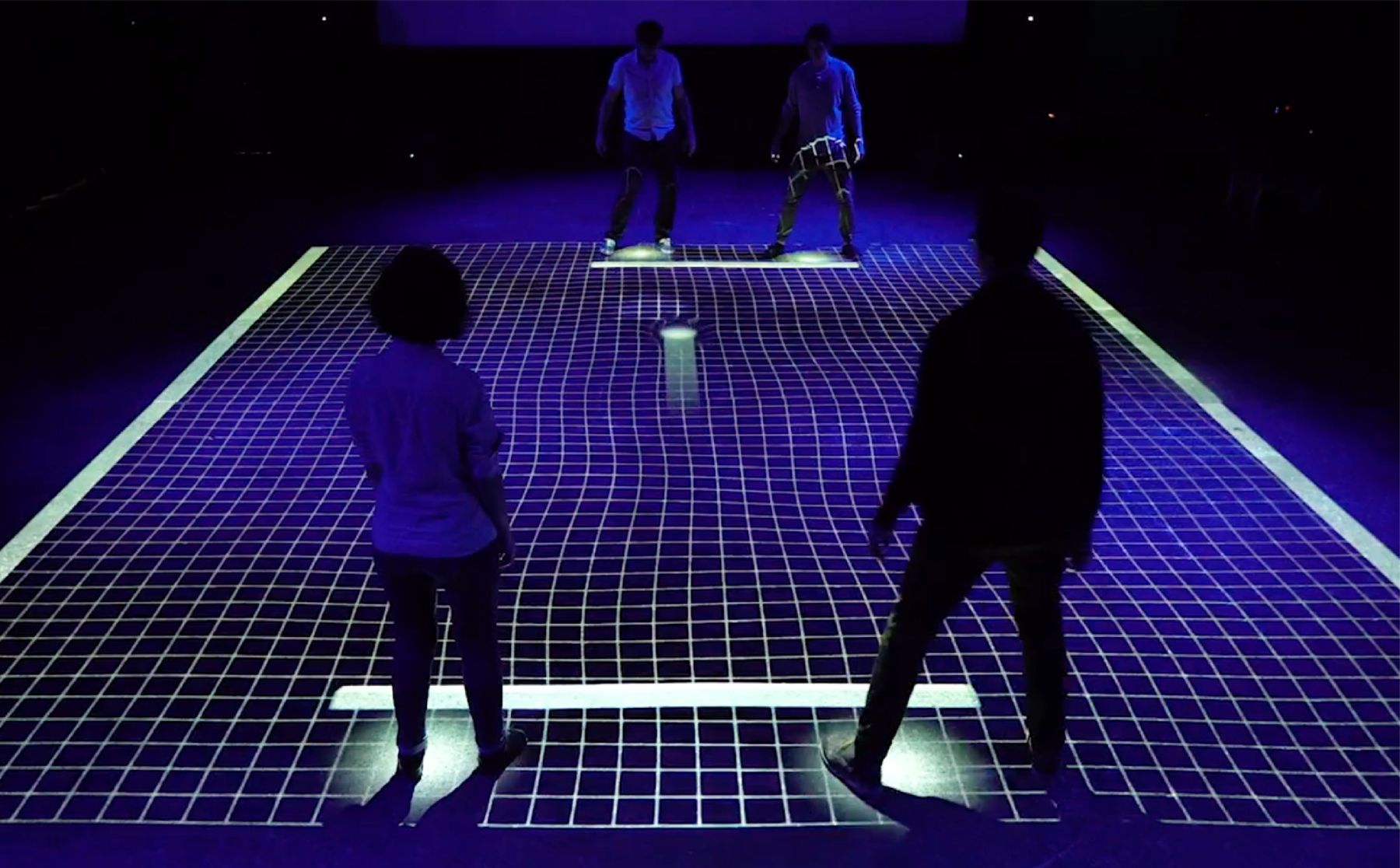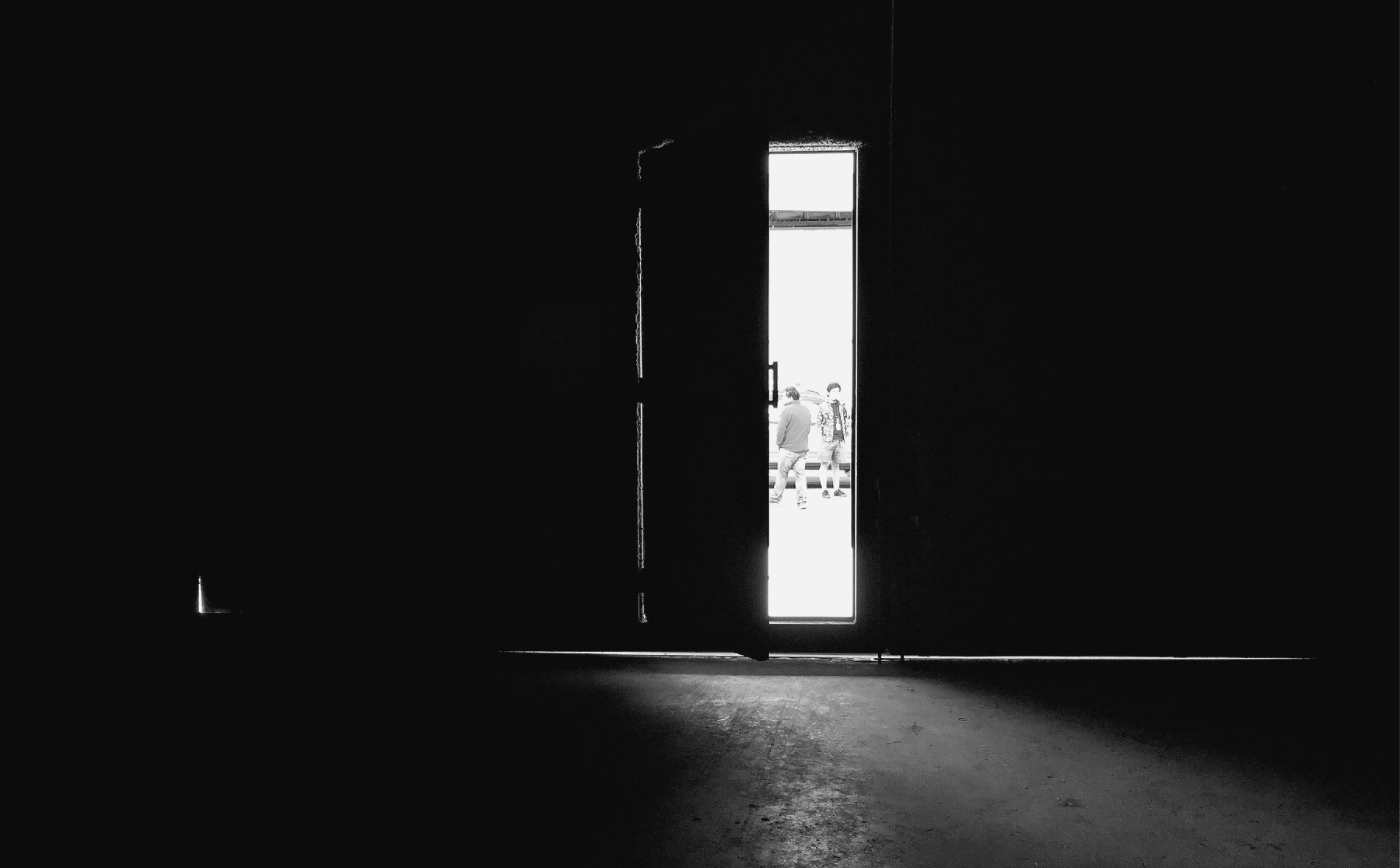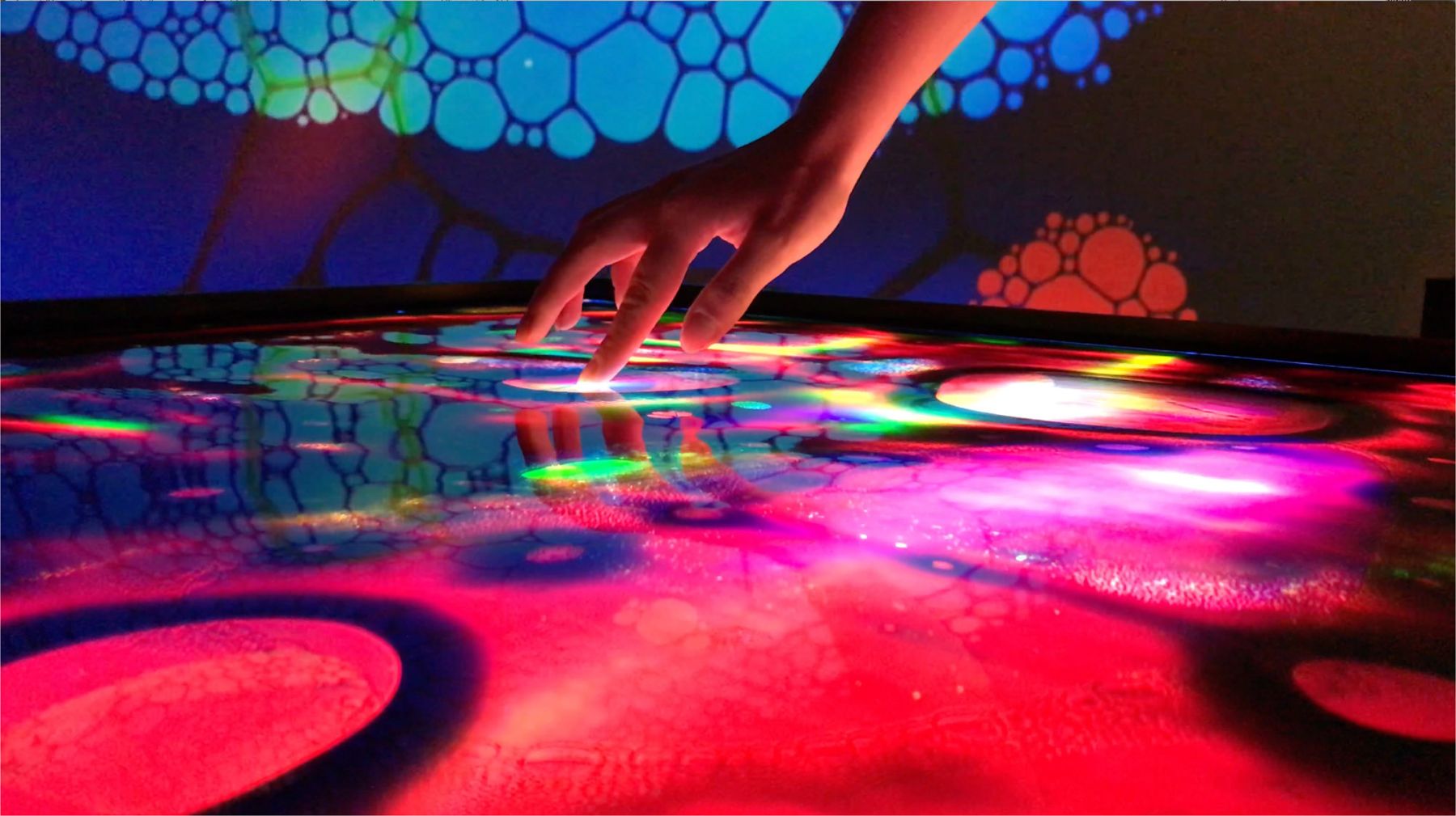International Museum Day: Ithra on Equality, Diversity and Inclusion
By: Dan Kany and Melisa Valle
Amuse. A muse. A museum. Amusement is fun. A muse inspires. But what about a museum? We all have an idea about what a museum is, but what is a museum supposed to do?
But first, are these words as related as they appear? No, actually. From Greek, a “museum” is a place of muses, so those two are. But “amuse” comes from French and implies something at which someone stares, even stupidly. So there is a reason museums are quite the opposite of “amusement parks.”
For International Museum Day – Monday, May 18 – we imagine many international museum professionals and people who frequent museums are taking a moment to reflect on the role of museums.
Museums present – or represent – reality. They are theatrical but they are not theater. They present artifacts, the aesthetic of cultures and, above all, they traffic in knowledge. Museums bring us curated exhibitions of objects, information and culture. Culture is complicated to explain, but it is easy to see on display. Culture has a feel, a moral sense. Culture is where we present, discuss and challenge the ethics of our societies. Culture is where we live.
Museums are avenues of accessibility. Among their many missions, museums make culture accessible.
This is the crux of museums. We expect to see ancient, fascinating, rare and extraordinary objects in museums. Museums make them accessible.
The whole point of accessibility is equality, diversity and inclusion. Equality – we can all share the same experience. Diversity – we experience things that are outside of our everyday notions of “normal.” And, inclusion – the idea that everyone can experience the “otherness” of other times, other places, other cultures, other world views. Everyone. All ages, ability levels and backgrounds.
The King Abdulaziz Center for World Culture (Ithra) has made accessibility and inclusion critical qualities of its programming, in line with its five pillars: Art, Knowledge, Creativity, Culture and Community. From the start, Ithra has been predicated on a bifurcated approach – bringing international experiences to the Kingdom while at the same time putting Saudis on a global stage where we could share our culture with the rest of the world. Ithra was founded on the idea of growth and inspiration through making diverse experiences accessible.
One current exhibition, Mara’ina (Our Mirrors), for example, features the work of renowned artists Michelangelo Pistoletto and photographer Robert Polidori. Making accessible work by such major artists is a fundamental feature of a world-class museum. But most of Mara’ina is work by Middle Eastern and North African photographers and includes street photography, documentary images and testimony about life in the region. Museums can show us – and anyone who visits – how we picture ourselves. Tasneem Alsultan’s Saudi Love Stories, for example, makes accessible the private spaces and private lives of Saudi women. Photographer Taysir Batniji work shows violently destroyed houses in Gaza, presenting them as desirable real estate offerings – an ironic play on advertising as a scripted theater of accessibility.
Ithra’s Children’s Museum is the first children’s museum in Saudi Arabia. Ithra also designed and implemented the first sensory-friendly museum space in the Kingdom. Through an effort to increase the accessibility to a contemporary art exhibit, Ithra produced the first-in-the-Kingdom art exhibit, Exploring Zamakan through Touch, a show that specifically reached out to individuals who have hard-of-hearing impairments or are deaf.
In 2018, Ithra was named one of TIME Magazine’s “100 Best Places in the World to Visit” and has continued to serve its diverse audiences since – even now while its doors are shuttered as part of the effort to contain the coronavirus.
Despite the COVID-19 pandemic, Ithra remains extraordinarily active through its online initiative, Ithra Connect. Now more than ever, Ithra’s arts and culture mission continues to promote accessibility and inclusion – not merely by welcoming anyone, but by reaching out to everyone. In addition to ngoing online programs and publications through Ithra Connect, the museum’s professional educators are now focusing on home programming, including the daily broadcast Live from the Children’s Museum, the Mommy & Me storytelling podcast, DIY videos about home activities, self-care information, workshops, social meetups for artists and art fans, informal learning panel discussions, and much more.
Wrapping itself around Ithra’s central atrium is the Ithra Museum itself. In addition to these four galleries that focus on contemporary art, Islamic arts, natural history of the Arabian Peninsula and more, Ithra’s Great Hall – a flexible, accessible space – hosts international programs and exhibitions.
Currently in the Great Hall is Dialogue in the Dark, an exhibit in which sighted people are led by blind or visually impaired guides for over an hour through a series of common places, such as a park or a market – in complete darkness. For this program, 15 Saudis who are visually impaired and/or blind were trained and hired as exhibit guides. One of them, Abdulaziz Alshmasi, explains his experience: “As a blind person, I didn’t know how the Saudi people would perceive the darkness and what they would do if they were put in a dark environment that they had to explore. There is no place to deliver such information like Dialogue in the Dark because it delivers far more than perceiving blindness and darkness, so much more than just plain information. It delivers empathy.” The exhibition is a powerful tool for building empathy: Not only do visitors experience life without sight but they must rely on visually impaired or blind people who – through their skills and abilities – lead, educate and guide them. Dialogue in the Dark, a production introduced more than 30 years ago by the Germany-based Dialogue Social Enterprise, in other words, is a bridge between communities. Visitors to the Dialogue in the Dark exhibit are challenged to experience and understand diverse perspectives in a setting where they are all put on equal footing with the visually impaired and blind communities.
So, while we are talking about the broad idea of a “museum,” Ithra is anything but an average museum. And yet, Ithra exemplifies many of the qualities that fundamentally define what a museum is supposed to do.


